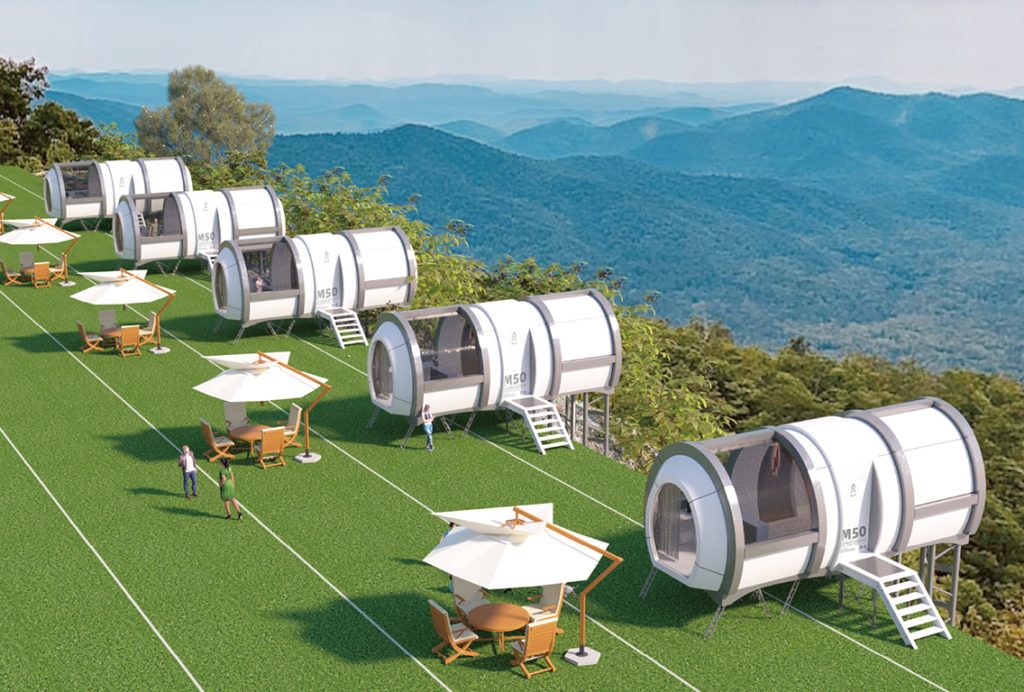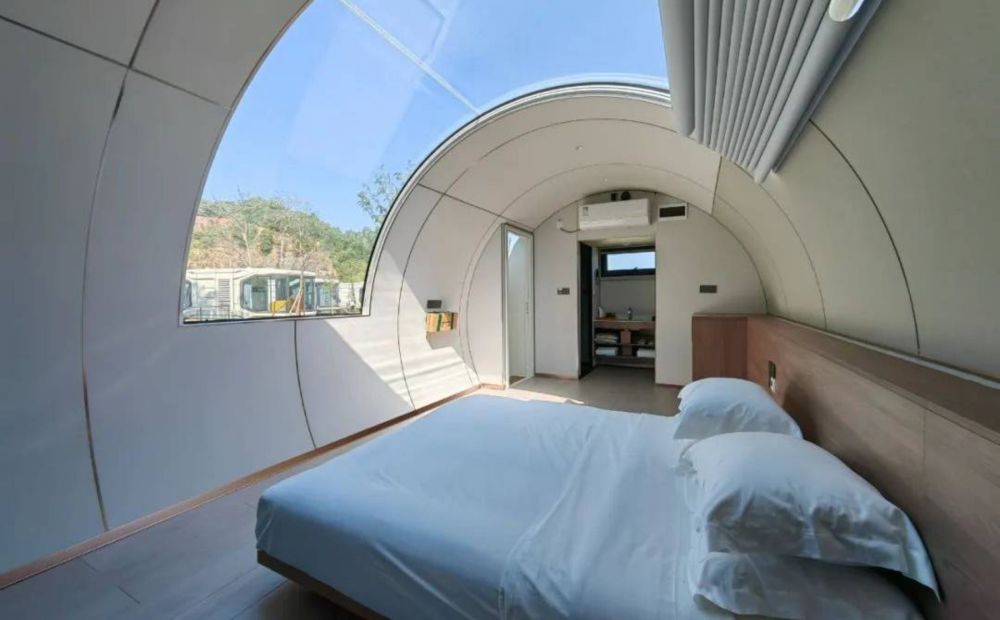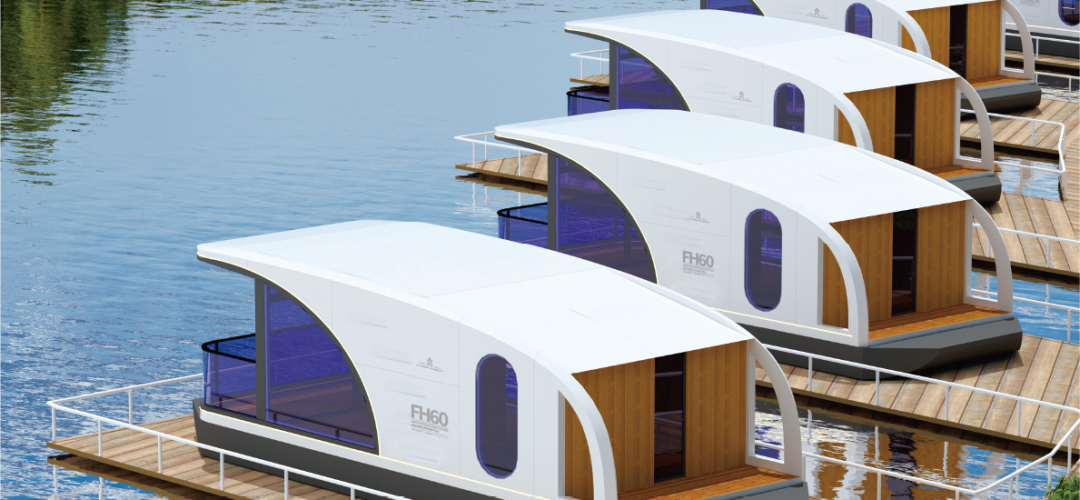Prefab homes offer a cost-effective, efficient alternative to traditional construction, but the big question remains: Is it cheaper to build or buy a prefab home?
Table of Contents

In today’s fast-paced world, the idea of building a home or commercial structure can feel overwhelming, both in terms of time and cost. Traditional construction methods are time-consuming, expensive, and often subject to unpredictable delays. Enter prefab homes—innovative, cost-effective, and efficient alternatives that are becoming increasingly popular among homeowners and businesses alike. But the big question remains: Is it cheaper to build or buy prefab?
Let’s dive into the details and explore why prefab homes might be the best option for your next project.
Understanding Prefabricated Homes
Prefabricated homes, or prefab homes, are constructed off-site in a factory environment before being transported and assembled at the final location. These homes come in various designs, including modular, panelized, and manufactured homes, offering flexibility depending on your needs.
Prefab homes are designed with precision in a controlled environment, meaning fewer labor hours and fewer mistakes. As a result, they’re generally faster and less expensive to build compared to traditional homes.
The Cost Breakdown: Traditional Construction vs. Prefab
1. Lower Labor Costs
One of the most significant factors that make prefab homes cheaper is the reduced labor costs. Traditional construction requires various teams of workers—carpenters, plumbers, electricians, and more—all coordinating on-site. With prefab homes, most of the work is done in a factory, meaning less labor is needed on the construction site.
Prefab homes require minimal on-site labor, typically for the final assembly and installation. The controlled factory environment allows for more streamlined production, reducing the need for additional workers, overtime, and costly delays that typically arise in traditional construction.
2. Shorter Construction Time
Time is money, and when it comes to building a traditional home, delays are almost inevitable. Whether it’s due to weather conditions, material shortages, or labor strikes, it’s not uncommon for construction to run behind schedule. However, prefab homes are produced in a factory, where weather doesn’t interfere and production schedules are more predictable.
The shorter construction timeline for prefab homes can significantly reduce overall costs. In fact, many prefab homes can be completed in a matter of weeks, compared to months for a traditional build. This speed translates directly into savings on labor costs and financing charges.
3. More Efficient Use of Materials
Because prefab homes are built in a factory setting, materials are sourced in bulk and used more efficiently. Builders can anticipate exact measurements and material requirements, reducing waste and ensuring that resources aren’t wasted. In contrast, traditional construction often involves material overages and waste due to the unpredictable nature of on-site building.
Additionally, the precision in factory-built homes ensures that fewer mistakes are made during construction, which again reduces costs and the need for costly fixes down the line.
4. Economies of Scale
Prefab manufacturers often produce multiple homes at once, creating an economy of scale that traditional builders cannot match. By buying materials in bulk and producing homes in large batches, prefab manufacturers can lower the per-unit cost of each home.
As a result, you’re likely to pay less for materials and labor with a prefab home than you would with a custom-built traditional house.
5. Fewer Hidden Costs
Traditional home construction often comes with hidden costs that can drive up the final price. These include unexpected fees for permits, inspections, and the infamous “change orders” (unforeseen adjustments made during construction). Prefab homes, on the other hand, tend to have fewer surprises.
The costs are often more transparent upfront with prefab homes, as most of the design and construction happens off-site. While there may be additional costs for land preparation and installation, these are often more predictable and less likely to spiral out of control.
Advantages Beyond Cost: Why Prefab Is the Better Choice
While cost savings are a major reason to consider prefab homes, they come with a range of other benefits that make them a compelling option. Here are just a few:
1. Environmental Friendliness
Prefab homes are typically more energy-efficient than their traditional counterparts. The precision with which they are built ensures fewer gaps and cracks, making for better insulation and energy savings over time. Plus, many prefab companies are adopting sustainable practices, using eco-friendly materials and minimizing waste during the manufacturing process.
2. Customization and Design Options
Prefab homes are often more customizable than people realize. With modern modular and panelized designs, you can choose from a variety of floor plans, styles, and finishes to create a space that suits your personal tastes. Whether you’re looking for a minimalist design or something more contemporary, there’s a prefab option that fits.
3. Quality Control
Because prefab homes are built in a controlled factory environment, they are subject to strict quality control measures. This means fewer defects, higher-quality craftsmanship, and greater consistency in the final product. Traditional builds, by contrast, can suffer from inconsistencies due to weather conditions or poor workmanship on-site.
4. Flexibility and Mobility
If you’re someone who moves frequently or is considering future relocation, prefab homes offer a level of flexibility that traditional houses do not. Modular homes, in particular, can be disassembled and relocated, offering mobility and versatility for homeowners who prefer to take their homes with them.

Potential Drawbacks of Prefab Homes (And How to Overcome Them)
No solution is perfect, and while prefab homes offer numerous advantages, they do come with some challenges. The most common concerns include:
- Land Preparation: Prefab homes still require suitable land, and depending on the location, there may be additional site preparation costs.
- Limited Financing Options: Some banks are hesitant to offer mortgages for prefab homes, although this is changing as prefab homes gain popularity and mainstream acceptance.
However, these drawbacks can often be mitigated with proper planning. Working with a knowledgeable prefab builder or financing expert can help overcome these hurdles and ensure a smooth process.
Conclusion: The Smart Choice is Prefab
When comparing the costs and benefits of traditional home building versus prefab construction, the advantages of prefab homes become clear. From lower labor costs to faster construction timelines and fewer hidden fees, prefab homes are not only more affordable but also more environmentally friendly and customizable.
In an era where time and money are of the essence, prefab homes provide a smart, efficient solution that allows you to get more for your investment. Whether you’re looking to build a home or a commercial space, choosing prefab is a decision that will not only save you money but also give you peace of mind.
Ultimately, prefab homes offer the perfect balance of affordability, quality, and sustainability—making them a clear choice for those looking to build smarter, not harder.
WOULD YOU LIKE MORE INFORMATION?
Please contact us
